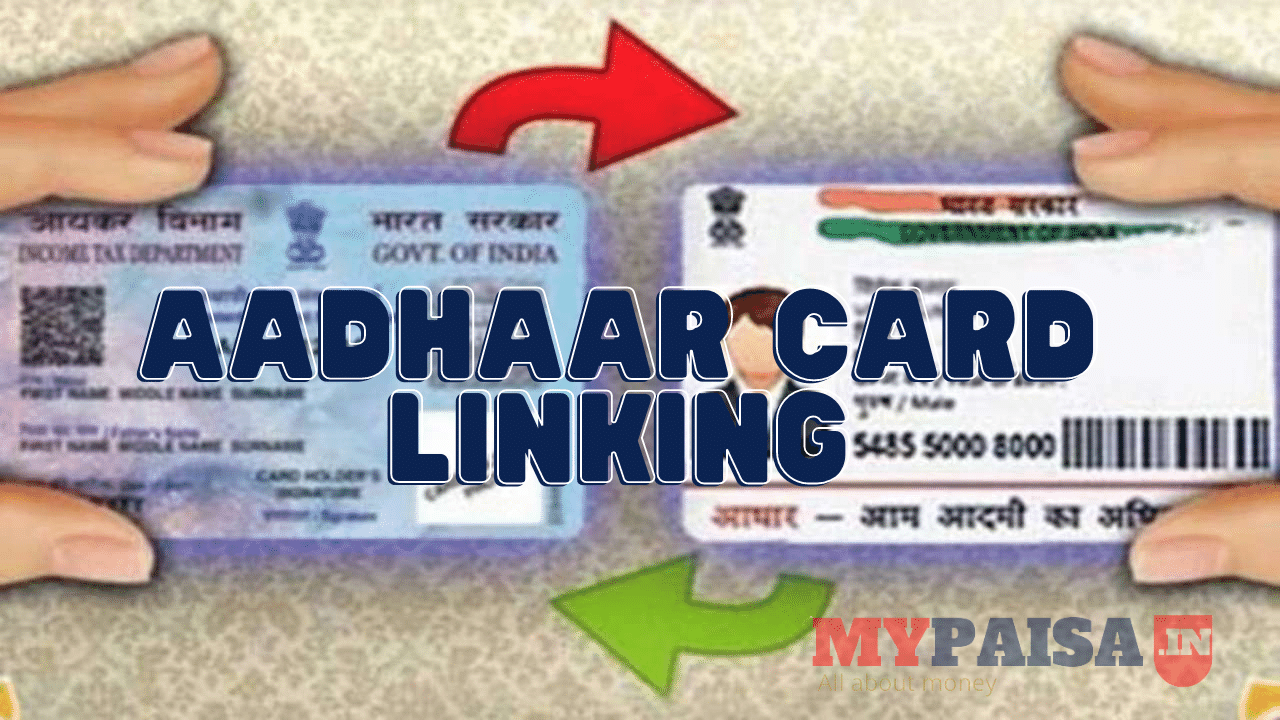Retirement planning is an important part of life, and the government of India has introduced a new way to help its central government employees plan for a secure future. The Unified Pension Scheme (UPS) is designed to offer guaranteed benefits and a stable income after retirement. This article explains what the scheme is, how it works, and why it is beneficial for those who are eligible.
What Is the Unified Pension Scheme?
The Unified Pension Scheme (UPS) is a retirement plan introduced by the Government of India for central government employees. It is a fully funded pension system that aims to replace the old pension schemes with a more secure and predictable benefit structure. Unlike pension plans where the final benefit depends on market returns, UPS guarantees a fixed pension amount based on an employee’s salary at the time of retirement. This makes the scheme more reliable for beneficiaries who want certainty about their retirement income.
According to recent notifications, the UPS is set to benefit millions of central government employees starting from April 1, 2025, and has been designed after long-standing demands for a more comprehensive pension system that can replace the older, unfunded pension schemes.
Key Features of the Unified Pension Scheme
The UPS has several features that make it a standout choice for government employees:
1. Assured Pension Amount
One of the most important benefits of UPS is that it guarantees a pension amount. Employees who have completed a minimum of 25 years of service will receive a pension equal to 50% of the average basic salary of the last 12 months of their service. This means that if you retire after 25 years, you will get half of your final basic salary every month as a pension. For those who have served for a period between 10 and 25 years, the pension is calculated proportionally, but with a guaranteed minimum of ?10,000 per month.
2. Assured Family Pension
The scheme does not only secure the future of the pensioner but also protects their family. In case of the death of a pensioner, the family members will receive a family pension that is 60% of the pension amount the employee was receiving. This provision ensures that even after the loss of a breadwinner, the family continues to have a steady source of income.
3. Inflation Indexation
Inflation is a major concern for retirees because the cost of living increases over time. The Unified Pension Scheme addresses this by including inflation indexation. This means that the pension amount is adjusted periodically to keep up with rising prices, ensuring that the purchasing power of the pension does not fall over time.
4. Lump Sum Payment on Superannuation
When an employee retires (reaches superannuation), they are also entitled to receive a lump sum payment. This payment is calculated as one-tenth of the employee’s monthly emoluments (which include basic pay and dearness allowance) for every six months of service. This lump sum can help retirees meet immediate post-retirement expenses or invest in other financial products, all without affecting the regular pension amount.
5. Government Contribution Increase
Under the Unified Pension Scheme, the contribution structure has been revised. Employees contribute 10% of their basic salary, while the government has increased its contribution from the earlier 14% to 18.5%. This higher government contribution helps ensure that the pension fund is robust and capable of providing guaranteed benefits to retirees.
How Does the Unified Pension Scheme Work?
The Unified Pension Scheme has been designed to provide a simple and transparent method for calculating retirement benefits. Here’s how the scheme generally works:
- Contributions During Service:
Every month, a central government employee contributes 10% of their basic pay to the pension fund. Simultaneously, the government contributes 18.5% of the employee’s basic pay to the same fund. Over the years, these contributions accumulate to form a corpus that is used to pay the assured pension. - Calculation of Pension:
At the time of retirement, the pension is calculated based on the employee’s average basic pay over the last 12 months of service. For those with a minimum of 25 years of service, the pension equals 50% of this average. For those with fewer than 25 years but at least 10 years of service, a proportional pension is calculated, ensuring a minimum pension of ?10,000 per month. - Family Pension Benefit:
If the pensioner passes away, the scheme provides a family pension to the dependents. This family pension is fixed at 60% of the pension amount that the employee was receiving, ensuring that the family is not left without financial support. - Inflation Adjustment:
The scheme includes regular adjustments based on inflation. This is done by linking the pension to the All India Consumer Price Index for Industrial Workers (AICPI-IW). As a result, the pension increases over time in line with the rising cost of living. - Lump Sum Payment:
In addition to the monthly pension, retirees receive a one-time lump sum payment calculated as a fraction of their service length and monthly emoluments. This lump sum is provided on top of other benefits like gratuity, offering a financial cushion at the beginning of retirement.
Benefits for the Beneficiaries
For beneficiaries, the Unified Pension Scheme offers several advantages:
- Stability and Predictability:
With a guaranteed pension that is not subject to market fluctuations, retirees can plan their finances better. Knowing exactly what monthly income to expect makes it easier to budget for daily expenses and long-term needs. - Protection Against Inflation:
Because the pension is indexed to inflation, retirees do not need to worry that their income will lose value over time. This feature is particularly important in a country like India, where the cost of living can increase significantly over the years. - Security for the Family:
The assured family pension ensures that, in the event of a pensioner’s untimely death, the family continues to receive financial support. This feature gives both the employee and their family peace of mind. - Lump Sum Benefit:
The one-time lump sum payment at the time of retirement can be used for urgent expenses, investments, or to pay off debts. This benefit provides an additional financial resource that can be very helpful in the early years of retirement. - Enhanced Government Contribution:
With the government contributing a larger percentage of the pension fund, the overall financial health of the scheme is improved. This means that the pension promises made to employees are more secure in the long run.
Who Is Eligible for the Unified Pension Scheme?
The Unified Pension Scheme is available to central government employees who are enrolled in the National Pension System (NPS) and who joined on or after January 1, 2004. However, current employees already enrolled in NPS have the option to switch to the new UPS if they wish. Once an employee opts for UPS, this decision is final and cannot be reversed.
Eligibility criteria include:
- Being a central government employee (including employees of various ministries and departments).
- Having completed at least 10 years of service to qualify for the minimum pension benefits.
- Employees with 25 or more years of service receive the full pension benefits as outlined.
For many government employees, the Unified Pension Scheme is seen as a positive move, addressing previous concerns about the uncertainty of pension payouts under market-linked schemes.
How to Enroll in the Unified Pension Scheme
If you are a central government employee looking to secure your retirement through UPS, the process is straightforward:
- Visit the Official Portal:
Go to the official website where the Unified Pension Scheme details are published. The website will have a dedicated section for UPS enrollment. - Fill in the Application Form:
Complete the online application form by providing the necessary personal details, service information, and current enrollment status under NPS. - Submit Supporting Documents:
Attach the required documents such as proof of service, recent pay slips, and other relevant certificates as specified in the application instructions. - Confirm Enrollment:
Once you have filled in all the details and submitted the application, you will receive a confirmation. This process ensures that your contributions under the existing NPS are transferred smoothly to the UPS if you choose to switch. - Review and Keep Records:
It is always a good idea to review your enrollment details and keep a record of your submission for future reference.
The enrollment process is designed to be simple and user-friendly, making it accessible even to those who are not very tech-savvy.
Differences Between UPS, OPS, and NPS
It can be confusing to understand how the Unified Pension Scheme differs from the Old Pension Scheme (OPS) and the National Pension System (NPS). Here is a simple comparison:
- Old Pension Scheme (OPS):
Under OPS, the pension was defined as a percentage of the final salary and was not based on contributions made by the employee. This system was unfunded and put a heavy burden on government finances. Many employees preferred OPS for its guaranteed benefits, but it was not sustainable in the long term. - National Pension System (NPS):
The NPS is a market-linked, defined-contribution pension scheme. Both the employee and the government contribute a fixed percentage of the salary. The final pension depends on the investment performance of the pension fund. While NPS offers flexibility and the potential for higher returns, it also comes with the risk of market fluctuations. - Unified Pension Scheme (UPS):
The UPS combines the benefits of both systems by guaranteeing a fixed pension amount like OPS while being fully funded and more sustainable like NPS. Under UPS, the pension is fixed at 50% of the average basic salary over the last 12 months, with built-in features such as inflation adjustment and a guaranteed family pension.
This new scheme has been welcomed by many beneficiaries as it provides stability, security, and predictability—features that are essential for retirement planning.
Why the Unified Pension Scheme Is Important
The Unified Pension Scheme has been introduced in response to long-standing demands for a more secure and sustainable pension system. There are several reasons why the scheme is important:
- Financial Security:
The guaranteed pension ensures that retirees have a predictable and steady income, which is critical for meeting daily expenses and maintaining a decent standard of living in retirement. - Sustainability:
With a fully funded structure and a higher government contribution, UPS is designed to be financially sustainable in the long term. This means that the government can continue to honor its pension commitments without overburdening future budgets. - Simplicity:
The scheme is straightforward. Employees know exactly how much they will receive upon retirement, without the uncertainties associated with market-linked investment returns. - Family Protection:
The assured family pension means that the benefits extend to the employee’s family, ensuring that they are not left without financial support in the event of an untimely death. - Inflation Protection:
Regular adjustments to the pension based on inflation help maintain the real value of the pension, protecting retirees from the rising cost of living.
Frequently Asked Questions (FAQs)
Q: Who is eligible to opt for the Unified Pension Scheme?
A: Central government employees who are already enrolled in the NPS and who joined on or after January 1, 2004, are eligible. Current employees can choose between staying in the NPS or switching to UPS, but once the choice is made, it is final.
Q: What is the pension amount under UPS?
A: Employees with 25 years or more of service receive a pension equal to 50% of their average basic pay over the last 12 months of service. For employees with 10 to 25 years of service, the pension is calculated proportionally, with a minimum guaranteed pension of ?10,000 per month.
Q: How does inflation indexation work in UPS?
A: The pension under UPS is linked to the All India Consumer Price Index for Industrial Workers (AICPI-IW). This means that as the cost of living increases, the pension amount is adjusted upward to maintain its purchasing power.
Q: What happens if a pensioner dies?
A: In the event of a pensioner’s death, the family is entitled to a family pension equal to 60% of the pension amount the employee was receiving. This ensures that the family continues to have a steady income even after the loss of the pensioner.
Q: How are the contributions divided between the employee and the government?
A: Under the Unified Pension Scheme, employees contribute 10% of their basic salary while the government contributes 18.5%. This enhanced government contribution helps create a more secure pension fund.
Q: Can I switch back to NPS after opting for UPS?
A: No. Once you opt for the Unified Pension Scheme, the decision is final and cannot be reversed.







